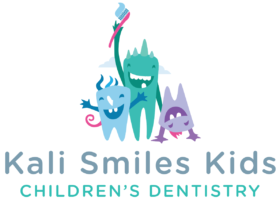Home Care

Plaque
Brushing
Step 1 – Place bristles along the gum line at a 45 degree angle. Gently brush using a circular motion along the outer and inner tooth
surfaces.
Step 2 – Brush each tooth individually. Tilt brush vertically behind the front teeth. Using the front half of the brush, use the same circular motion.
Step 3 – Place the brush against the biting surface of the teeth and use a gentle back-and-forth motion. Brush the tongue to remove odor-producing bacteria.


How do I use Dental Floss?
Break off about 18 inches of floss and wind some of it around your middle finger (3 turns); this finger will take up the floss as it becomes dirty. Shorten the length between the two fingers to 6 inches and wind some floss (1 turn) around the opposite middle finger. Hold the floss tightly between your thumbs and index fingers. Guide the floss between your teeth using a gentle rubbing motion. When the floss reaches the gum line, curve it into a C-shape against one tooth. Gently slide it into the space between the gum and the tooth. Hold the floss tightly against the tooth as you gently rub the side of the tooth with an up and down motion. Before retrieving it, reverse the C-shape to clean the adjacent tooth surface as well.
As you finish cleaning each tooth, wind the dirty floss once around the first middle finger and slide more new length of floss to proceed to the next teeth.
Fluoride
Fluoride is a substance found in tap water and plays an important role in healthy tooth development and cavity prevention.
Fluoride combats tooth decay in two ways:
1) It strengthens tooth enamel, a hard and shiny substance that protects the teeth, so that it can better resist the acid formed by plaque.
2) Fluoride allows teeth damaged by acid to repair, or re-mineralize, themselves.
Fluoride cannot repair cavities, but it can reverse low levels of tooth decay and thus prevent new cavities from forming.
The American Academy of Pediatrics recommends that these fluoride supplements be given daily to children between the ages of 6 months and 16 years. The dosage will change as your child grows. Only children living in non-fluoridated areas or children who drink only non-fluoridated bottled water should receive supplements.
Most children get the right amount of fluoride through a combination of fluoridated toothpaste and fluoridated water or supplements. Too much fluoride before 8 years of age can cause enamel fluorosis, a discoloration or mottling of the permanent teeth. This condition is unsightly but harmless and often can be treated with cosmetic procedures.

Schedule Your Pediatric Appointment Today
Why Choose Kali Smiles Kids

Proudly Offering A Welcoming Atmosphere
Our Practice Embraces Change
Insurance & Financing Options

